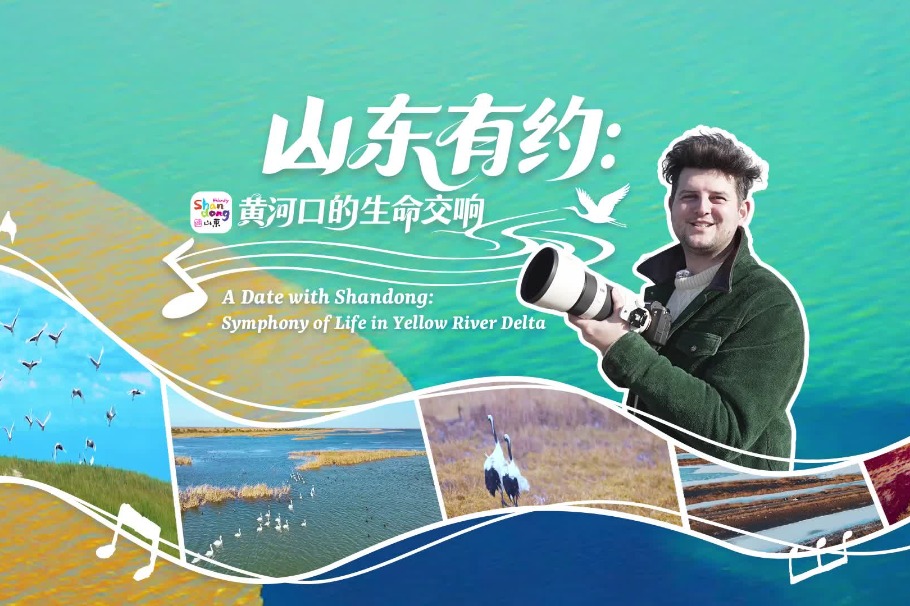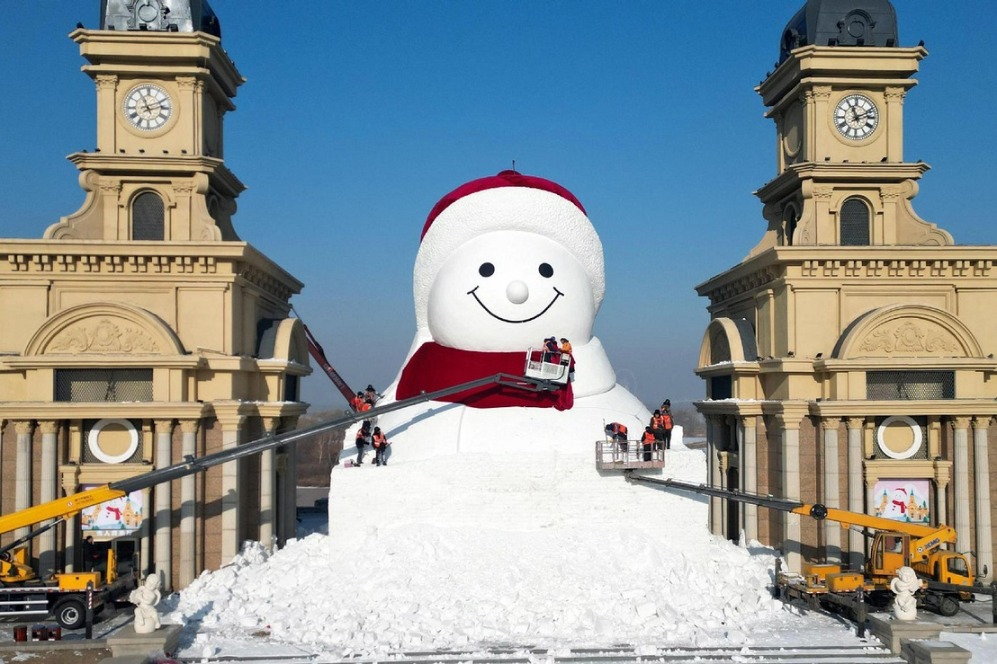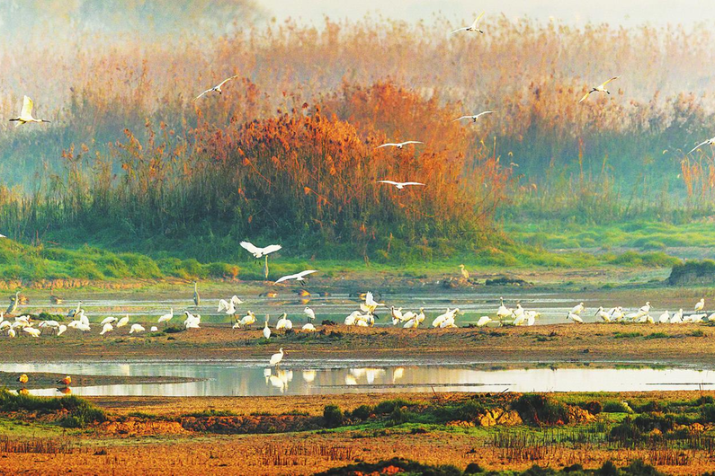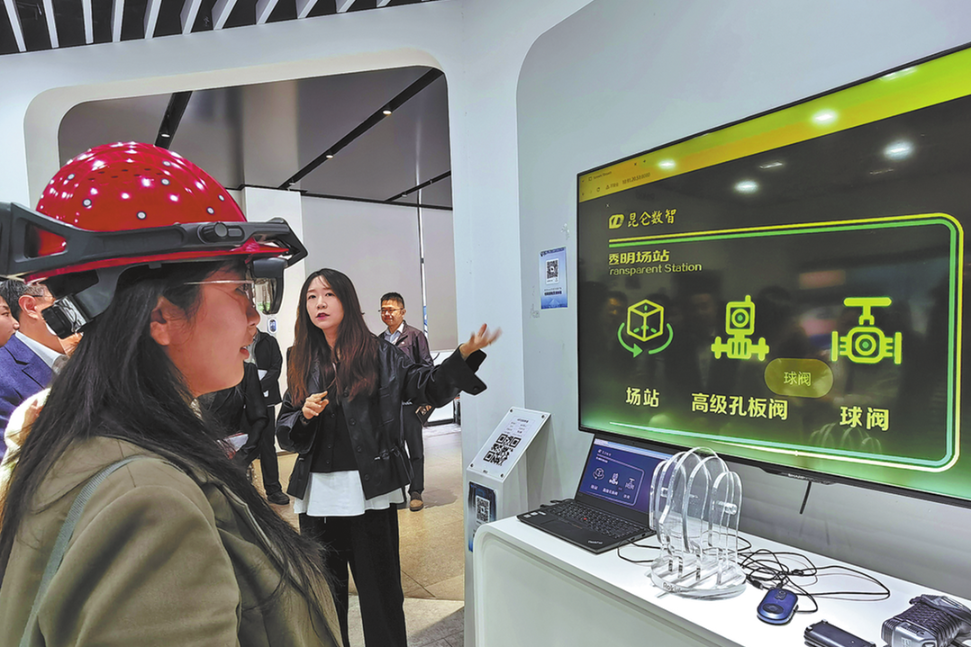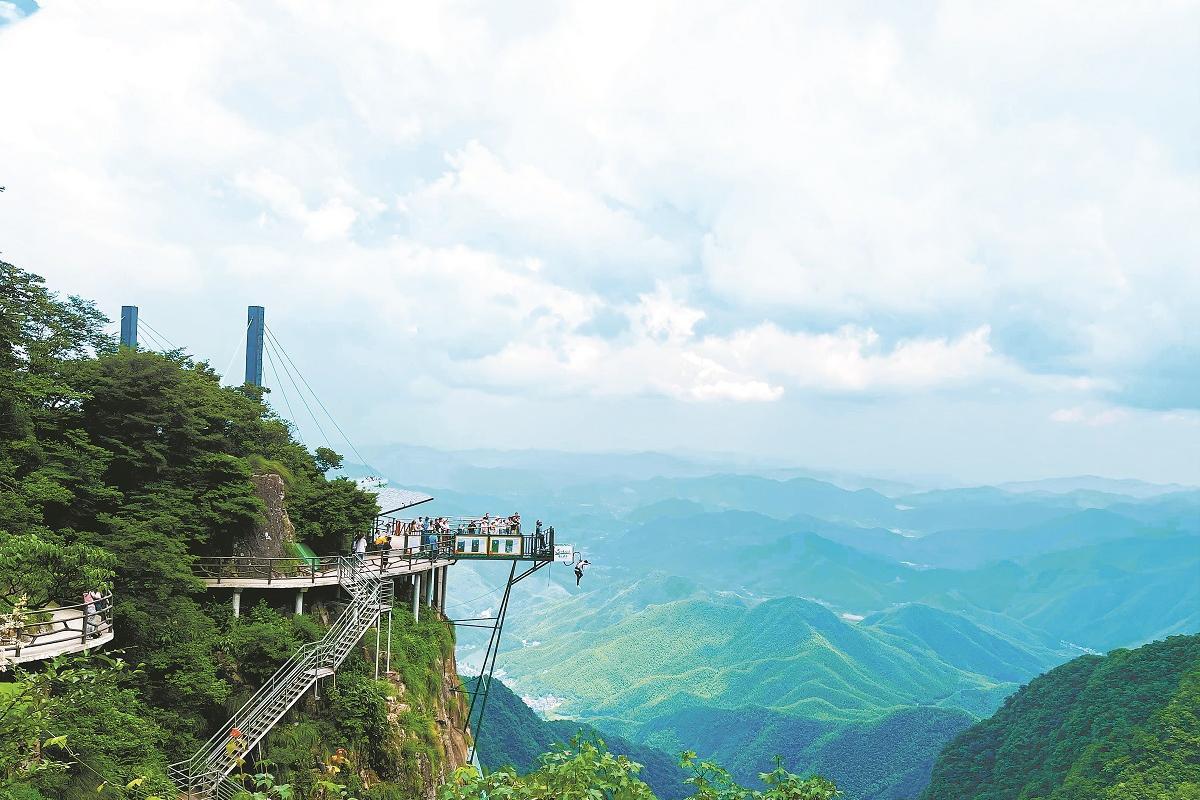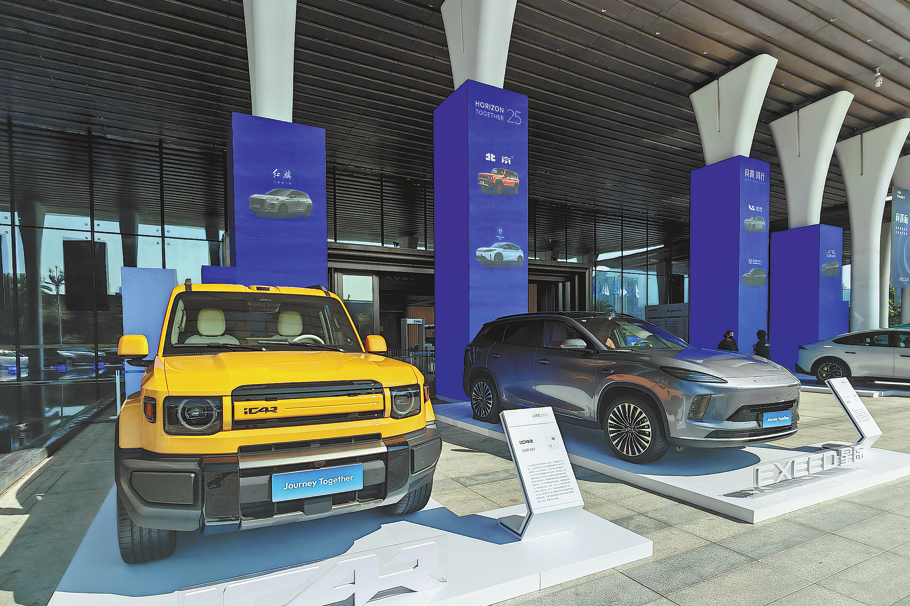What's on

Porcelain glamor
The National Museum of China has recently completed upgrading the layout of several of its permanent exhibitions including Ancient Chinese Porcelain, which shows more than 300 fine specimens from different periods in its collection. The show introduces the many aspects of ceramic-making in China — methods of creation, technical advancements throughout the centuries, the diversity of shapes and decoration styles, and the role of porcelain in exchanges between China and the rest of the world. The display includes some of the most famous types of Chinese porcelain, such as a cobalt-blue qinghua jar of the Yuan Dynasty (1271-1368), a black-glazed jianzhan teacup, produced in the famous kilns of Jianyang, East China's Fujian province, used at tea ceremonies in the Song Dynasty (960-1279), and famille rose ware, a popular, pink-enameled decoration at the court of Emperor Qianlong of the Qing Dynasty (1644-1911). It is a celebration of the aesthetics held dear by ancient Chinese.
9 am-5 pm, closed on Mondays.16 Chang'an Avenue, Dongcheng district, Beijing. 010-6511-6400.
A trailblazer
Qiu Ting, whose works are marked by refined brushwork, has been recognized as a leading figure in ink art since the 1990s. He rose to fame for a work produced in college — a copy of Dwelling in Seclusion in the Qingbian Mountains by the 14th-century painter Wang Meng, which reflected a long-term accumulation of skill since childhood. While Qiu is not an ink painter in the traditional sense, he has been exploring ways to push forward the frontier of ink art by introducing elements of other forms of art. Blazing a Brilliant Trail, an exhibition that will end on Sunday at Tsinghua University Art Museum in Beijing, navigates his experiments with the language of ink and brush over time. In his work, Qiu has consistently sought to accentuate the spirituality of nature and the philosophical take on the relations between people and the universe, which are essential to the traditions of Chinese painting. He also pays much attention to the interaction of his creations with the modern exhibition space, and has turned to technology to create digital ink works, so as to give the ink tradition a revival.
9 am-5 pm, closed on Mondays. Tsinghua University campus, Haidian district, Beijing.010-6278-1012.
Immersed in Cezanne
Hailed as "the father of modern art", Paul Cezanne (1839-1906) inspired generations of artists active in the first half of the 20th century such as Henri Matisse and Pablo Picasso. Cezanne gave form to his subjects with energetic, abrupt strokes and powerful colors. Underlying these was the painter's quest to present his understanding of the rules of nature, the order of the world and the essence of matter. Seasons of Cezanne: The Immersive Experience, an ongoing digital exhibition at Today Art Museum in Beijing, guides the audience through the artistic evolution of Cezanne with digitalized, animated images of the French painter's works, showing nature and the world thriving and reviving in cycles, themes captured by Cezanne's vibrant brushwork. It introduces the uninitiated to a great artistic mind, inducing them to feel his pride and loneliness.
10 am-6 pm, closed on Mondays.32 Baiziwan Road, Chaoyang district, Beijing. 010-5876-0600.
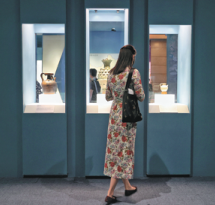
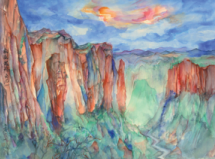
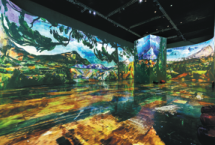
Today's Top News
- Japanese scholar condemns Japan's risky defense spending
- Xi stresses strategic importance of work to raise minors' moral standards
- Jimmy Lai found guilty of colluding with foreign forces
- Hong Kong court opens session to deliver verdict on Jimmy Lai's case
- China's economy posts steady growth in Nov
- Death toll rises to 16 in Sydney's Bondi Beach shooting
















